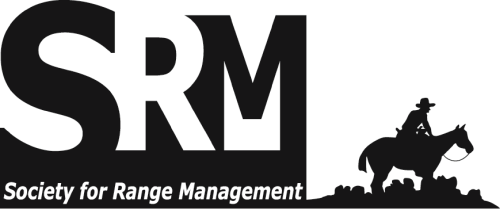The germination of arrowleaf balsamroot (Balsamorhiza sagittata) and mules ear (Wyethia amplexicaulis) was studied. Both species are important coarse forbs on sagebrush (Artemisia) rangelands in western North America. Germination of the seeds (achenes) of both species was enhanced by cool-moist stratification, 4 weeks at 2 or 5 degrees C for mules ear and 12 weeks for arrowleaf balsamroot. After stratification, mules ear seeds germinated at a wide range of constant and alternating temperatures. Germination of arrowleaf balsamroot seeds was greatly enhanced by stratification, but even after stratification, germination was restricted to comparatively low temperatures. This material was digitized as part of a cooperative project between the Society for Range Management and the University of Arizona Libraries. The Journal of Range Management archives are made available by the Society for Range Management and the University of Arizona Libraries. Contact lbry-journals@email.arizona.edu for further information. Migrated from OJS platform August 2020

Scholarly peer-reviewed articles published by the Society for Range Management. Access articles on a rolling-window basis from vol. 1, 1948 up to 5 years from the current year. Formerly Journal of Range Management (JRM). More recent content is available by subscription from SRM.